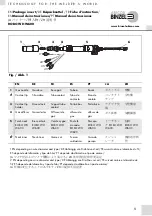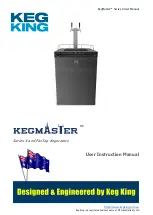
The intensity of the arc is proportional to the
current that flows from the tungsten. The
welder regulates the welding current to adjust
the power of the arc. Typically thin material
requires a less powerful arc with less heat to
melt the material so less current (amps) is
required, thicker material requires a more powerful arc with more heat so more current (amps) are
necessary to melt the material.
TIG Welding Fusion Technique
Manual TIG welding is often considered the most difficult of all the
welding processes. Because the welder must maintain a short arc
length, great care and skill are required to prevent contact between
the electrode and the work piece. Similar to Oxygen Acetylene torch
welding, Tig welding normally requires two hands and in most
instances requires the welder to manually feed a filler wire into the
weld pool with one hand while manipulating the welding torch in the other. However, some welds
combining thin materials can be accomplished without filler metal like edge, corner, and butt
joints. This is known as Fusion welding where the edges of the metal pieces are melted together
using only the heat and arc force generated by the TIG arc. Once the arc is started the torch
tungsten is held in place until a weld pool is created, a circular movement of the tungsten will
assist is creating a weld pool of the desired size. Once the weld pool is established tilt the torch at
about a 75° angle and move smoothly and evenly along the joint while fusing the materials
together.
28
www.strata.co.nz
EZITIG 205DC
















































